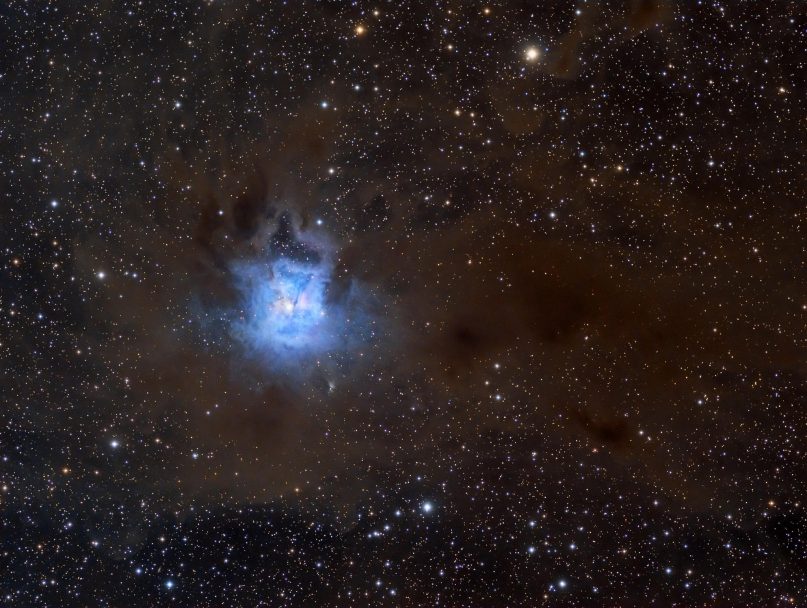EDITOR’S NOTE: Sightings is sponsored by the Martin Marty Center for the Public Understanding of Religion at the University of Chicago Divinity School. Sign up to get Sightings in your inbox twice per week (on Mondays and Thursdays). You can also follow us on Facebook or Twitter.
Three Hebrew words—tohu we bohu—show up in the second verse of Genesis, describing the moments or aeons during which “the earth was without form, and void.” God, it is announced, took care of that scene by creating light and all that followed. But the biblical books and our experience testify to the fact that forms of formlessness and the voided condition remain with us. A recommended translation of tohu we bohu, for use by headline-writers and others today, is “chaos.” As spouse and I read our four daily papers, listen to radio and television, and open our mail and email, we remark to each other that “chaos” seems to be “the word of the week,” or “year,” or “our times.” Alert to its presence, one finds it describing much of today’s politics and government, arts and crafts, left-ness and right-ness in culture, personal behavior, et cetera.
The soul-damaging vision of chaos was not supposed to be so prominent. Nietzsche found an upbeat dimension: “One must still have chaos in oneself to be able to give birth to a dancing star.” Without question, much creativity—think about great composers and artists—is born within the chaos of one’s self, one’s soul, or a culture’s soul. Many “dancing stars” in the spiritual realm also burst into light out of the chaos associated with “the dark night of the soul.” But, as we do our sighting of cultural and political events, it is the downside, the dance-killing side of chaos that seems to mark our times.
Stop! So recently this column pointed to “cultural disintegration,” and now “chaos.” Is exhaustion taking over among those who are called to notice and comment? These are not supposed to have the last word. In the midst of tohu we bohu, we read, God created light. So we look and will look for it, even when it is wan and flickering, as we see it now. Our vocation is to observe and respond as accurately and creatively as possible. We may not, right now, find clarity, definition, and purpose in much of our commerce, government, or behavioral patterns. The chaos is dominant. People of faith, I hope we among them, are to live by hope, and to be inspired whenever we find examples of it among the courageous. We should tell stories about them.
So it is that in recent weeks some in the larger culture have looked with hope to hundreds of thousands of millennials, who have so many reasons to surrender to the darkness, but have not done so. We know where to find their cohort: the Pew Charitable Trusts define them as those born between 1981 and 1996. It is easy to see many signs of chaos in their selves but, sadly, not yet enough dancing stars issuing from them. Still, one hopes. Add the spiritual/religious dimension and hope gets magnified. Dietrich Bonhoeffer, who witnessed in the Nazi-era darkness, remembered for his prophetic language and achievements, defined prophecy as “hope projected backwards.”
In the faint light that interrupts the darkness of our chaos we not only look to the young, but also daily read reports of the spreading of light among the caring and often cared-for aged among us. The sacrificial acts and inventions of volunteers, nurses, and, yes, teachers and pastors don’t get sufficiently noticed or reported on. But their lives give birth to “dancing stars,” and they have their effect, against most odds. Sighting them and acting on the basis of their enduring examples ought to inspire essays, articles, and breaking news reports. Not to notice and celebrate them would be to stifle hope and to surrender to chaos, which does not merit the final word.
End of February/March Sightings homily #2.





